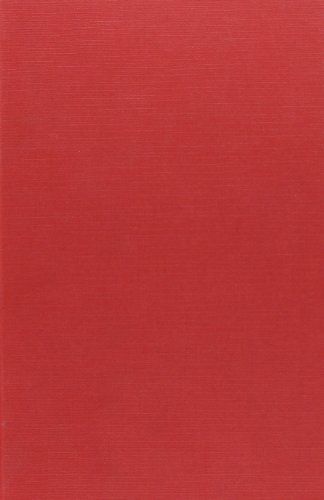
Mapping the Sacred Religion, Geography and Postcolonial Literatures
Interweaving the interpretative methods of religious studies, literary criticism and cultural geography, the essays in this volume focus on issues associated with the representation of place and space in the writing and reading of the postcolonial. The collection charts the ways in which contemporary writers extend and deepen our awareness of the ambiguities of economic, social and political relations implicated in “sacred space” - the sense of spiritual significance associated with those concrete locations in which adherents of different religious traditions, past and present, maintain a ritual sense of the sanctity of life and its cycles. Part I, “Land, Religion and Literature after Britain,” explores how postcolonial writers dramatize the contested processes of colonization, resistance and decolonization by which lands and landscapes may be viewed as now sacred, now desacralized, now resacralized. Part II, “Sacred Landscapes and Postcoloniality across International Literatures,” draws upon postcolonial theory to inquire into how contemporary fiction, drama and poetry represent themes of divine dispensation, dispossession and reclamation in regions as diverse as Haiti, Israel, Bosnia-Herzegovina, the Arctic, and the North American frontier. A critical “Afterword” considers the implications of such multi-disciplinary approaches to postcolonial literatures for present and future research in the field. Writers discussed in the essays include Russell Banks; James K. Baxter; Ursula Bethell; Erna Brodber; Marcus Clarke; Allen Curnow; Edwidge Danticat; Mak Dizdar; Sara Jeannette Duncan; Zee Edgell; “Grey Owl”; Haruki Murakami; Seamus Heaney; Peter Høeg; Hugh Hood; Janette Turner Hospital; James Houston; Dany Laferrière; B. Kojo Laing; Lee Kok Liang; K.S. Maniam; Mudrooroo; R.K. Narayan; Ngugi wa Thiong'o; Ben Okri; Chava Pinchas-Cohen; Mary Prince; Nancy Prince; Nayantara Sahgal; Ken Saro-Wiwa; Ibrahim Tahir; Amos Tutuola; W.D. Valgardson; Derek Walcott; and Rudy Wiebe. Maps accompany almost every essay.